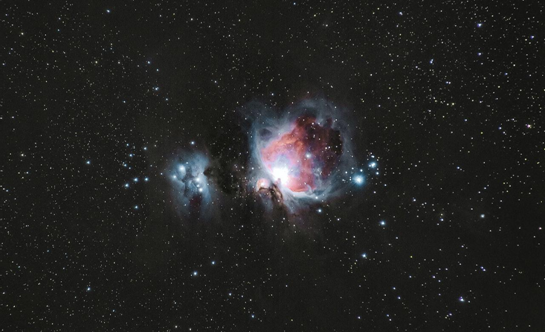Could internet-providing satellites create more space junk?

https://www.pexels.com/photo/photo-of-supernova-in-galaxy-3805983/
As long as we have been going up into space, we have been creating mess along the way. In fact, our use of satellite technology has created a large mass of debris, with thousands of defunct satellites orbiting our planet. While it may seem like it’s out in space and so can’t affect us here on earth, many problems can arise from an increase in space junk, namely inhibiting space exploration efforts. Here сomes the space tug vehicle, ready to tidy up earth’s orbits.
How Much Junk is There?
So what is space junk? Although there is no concrete space junk definition, it is a term used to describe pieces of machinery, space debris or debris left by humans in outer space. This junk can be as small as paint flakes that have fallen from rockets, or as large as a satellite left floating for many years to come. You may be surprised to learn that, out of the 5000 satellites orbiting the earth at the moment, 3000 are defunct and littering outer space. On top of this, there are an estimated 34,000 cases of large junk that are at least 10 cm long, as well as millions of other small fragments that could prove disastrous if hit by a spacecraft.
So Many Satellites
Unfortunately, there aren’t enough space junk solutions to outweigh the current problems. Elon Musk’s SpaceX is constantly launching satellites at an exponential rate in order to boost high-speed Internet to remote areas of the globe. The company aims to send many more thousands of satellites into our already overcrowded low earth orbit. This is all well and good for their business interests, but they have no clear plan to remove defunct or damaged satellites from this orbit. What is there to stop them from colliding into more important objects or spacecraft?
The company has tried to counteract this problem by powering their satellites with ion engines, allowing them to manoeuvre in and around objects to avoid potential collisions. SpaceX says that when the engines die out, the satellites will fall back down and burn up in our atmosphere. However, even though this technology exists, it is a huge potential risk for spacecraft and rocket launches, as the satellites can stay in the low earth orbit for up to five years. Just think about all this time and the many launches carried out – a lot of problems could be caused.
Overcrowding in Space
So far, around 700 Starlink satellites have been launched into outer space. According to recent space junk pictures data from the Harvard Smithsonian Centre for astrophysics, at least 2.5% of all ion engines have already failed, leaving many satellites wandering around in space. These numbers do not include the prototypes that the company de-orbited intentionally. Although it isn’t a high rate of malfunction, the fact that Musk plans on launching hundreds of satellites every month over many years is a problem. In fact, SpaceX has already been granted permission by the Federal Communications Commission to launch over 10,000 new Starlink satellites. In an effort to increase the reliability of their Internet service, they have plans to launch at least 30,000 more satellites and are currently applying for the rights to do so.
If these plans go ahead, the world could see over 1000 dead satellites orbiting around for a number of years. According to the European Space Agency, this will make up a third of all defunct satellite orbits to date. A shocking statistic and shocking information that future space launches will have to take into account.
Space Junk and Future Concerns
You may have heard of a satellite that crashed into a Chinese Rocket’s body in outer space – this is an occurrence that will be far too commonplace in the future if companies don’t choose to act sensibly today. Efforts are being made to make the space junk map smaller, for instance, the United Nations are requesting that any company which puts a satellite into orbit needs to remove it within 25 years of its initial launch. However, it is understandably very difficult to enforce rules like this, and satellites very often fail, making cleanup operations difficult. Companies that are planning to utilize space must know all the space junk facts. The number of dead satellites and bits of debris created from past missions and rocket launchers is an overwhelming concern for aerospace companies and scientists around the globe.
How do you feel about the space junk galaxy? We love your thoughts and opinions. Tell us all about them in the comments section below.




